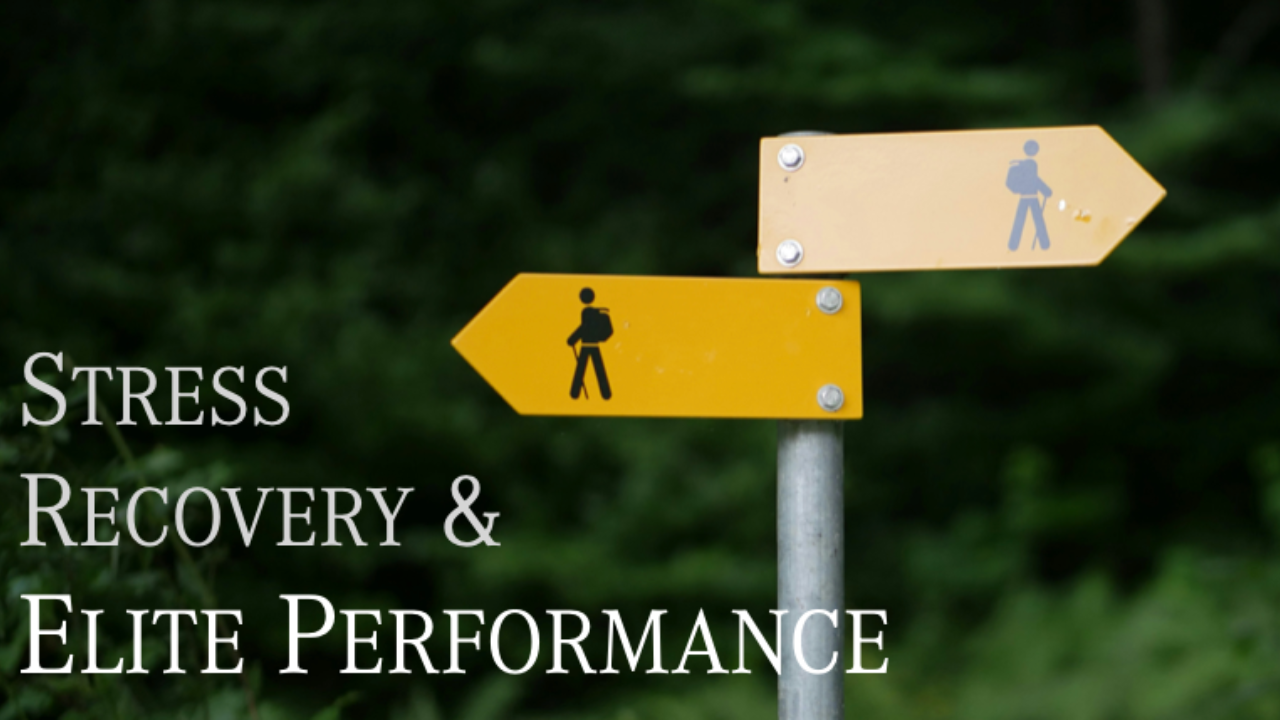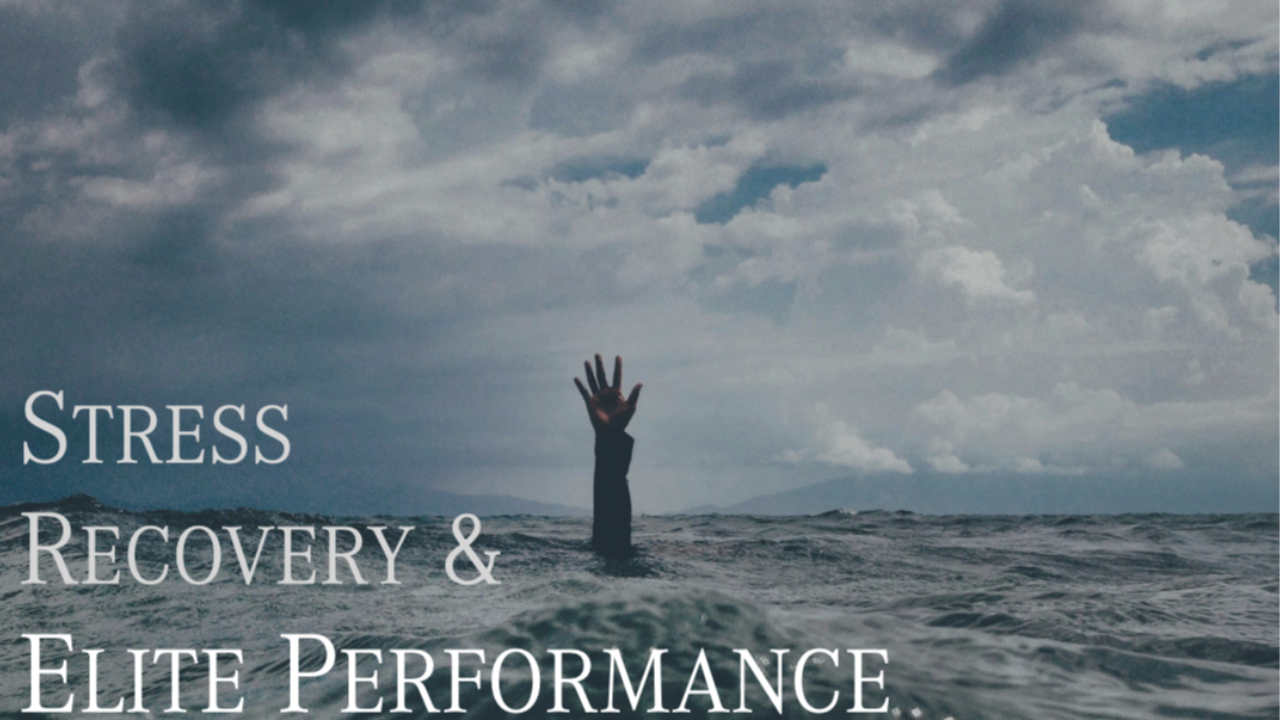The CEO & NFL Owner - The Most Important Question
Aug 23, 2025
[Part 1/6] - Two conversations that changed everything
The NFL owner fell silent.
Maybe I had gone too far.
Our $200 million team was collapsing in the most predictable way possible during the off season — even though it was the same pattern that had destroyed three consecutive seasons.
I had been very honest
"Half the people who come through your door each morning come to do their job. The other half come to keep it."
...I said
He stared at the field for a long moment. "My coaching staff?"
"Your entire organization."
He ended his silence.
“You know Fergus. Now that I think of it. You’re absolutely right. No one ever said that to me before.”
Six months later.
Luxury Hotel.
Company retreat.
Over dinner, the CEO had just finished explaining why a critical product launch was delayed for the third time. Same excuses. Same finger-pointing. Same people who somehow never seemed accountable for the delays they consistently predicted.
"I’ll tell you what I told an NFL Owner recently. You’ve the same problem. You’re surrounded by ‘yes-men’. Half the people who come through your door each morning come to do their job. The other half come to keep it."
The silence stretched for thirty seconds.
"And I can't tell which is which," he finally said.
"And that's a bigger problem."
The Invisible Problem
Don’t get me wrong. Both leaders were brilliant. Inspirational in fact. Both ran sophisticated organizations with advanced performance management systems, 360-degree feedback processes, and comprehensive engagement surveys.
Both measured everything that seemed measurable about human performance.
And both were completely blind to the most critical split in their organizations.
And here's what makes this dynamic so insidious:
Job performers and job protectors look identical in spreadsheets.
They both deliver quarterly results, attend required meetings, and meet established KPIs. They both participate in strategy sessions and contribute to team discussions.
But only one group tells you the truth when the stakes are highest.
The job performers focus on advancing the mission, even when it exposes them to risk. The job protectors focus on maintaining their position, even when it compromises the mission.
Traditional assessment methods measure compliance, not courage. They capture what people do when they feel safe, not how they behave when everything is on the line.
The Recognition Challenge
Why can't smart leaders distinguish between these two groups? Because we've built measurement systems that reward the wrong behaviors.
Performance reviews reward people who avoid problems, not those who solve them. Engagement surveys reward people who express satisfaction, not those who voice necessary concerns.
Promotion criteria reward people who manage up effectively, not those who lead down courageously.
The result?
We've created environments where both groups succeed using completely different strategies, but only one group's success creates sustainable value.
The Research Reality
This isn't just observation over 25 years with the best of the best—it's backed by extensive research on organizational behavior and performance.
MIT Sloan research (2019) found that organizations with high "voice behavior"—employees who speak up about problems and opportunities—had 47% lower turnover rates and 67% fewer safety incidents. The study followed 847 companies over five years and found that the single biggest predictor of organizational resilience was whether people felt safe to voice concerns that might challenge existing assumptions.
Harvard Business School's 2021 study of 1,200 management teams revealed that teams with constructive dissent generated 84% more innovative solutions than consensus-seeking teams. But here's the critical finding: less than 30% of organizations could accurately identify which team members would engage in productive conflict when it mattered most.
Gallup's State of the American Workplace research shows that only 15% of employees feel psychologically safe to voice concerns that might challenge leadership decisions. This means 85% of your organization operates from some level of job protection psychology, filtering their contributions through personal safety considerations.
Stanford Graduate School's longitudinal study tracked 342 companies over 10 years and found that organizations with "truth-telling cultures" outperformed their peers by 2.3x across every major performance metric: revenue growth, market share, innovation measures, and employee retention.
The data is clear:
Organizations that can identify and leverage their job performers while converting their job protectors create measurable competitive advantages.
The Hidden Costs
When half your organization optimizes for job security instead of job performance, the costs compound invisibly:
Innovation Dies Quietly: Job protectors avoid risks that might expose them to criticism. They don't propose breakthrough ideas, challenge established processes, or experiment with unproven approaches. Innovation requires the willingness to fail publicly, and job protectors can't afford that risk.
Strategic Alignment Becomes Impossible: When people filter every strategic discussion through "how does this affect my position," they can't engage authentically with strategic challenges. They support initiatives they privately doubt and resist changes they know are necessary.
Cultural Decay Happens Gradually, Then Suddenly: Job protection behavior spreads through organizational modeling. When people see that advancement comes through avoiding problems rather than solving them, the entire culture shifts toward risk avoidance and truth filtering.
Problems Compound in Silence: Job protectors don't raise flags about developing issues because flagging problems might implicate them. By the time problems become undeniable, they've often grown beyond easy solutions.
Strategic Pivots Become Impossible: Organizations that need to change direction quickly discover that half their people have been privately protecting the status quo rather than honestly evaluating its effectiveness.
The Executive Blind Spot
Both the NFL owner and the Fortune 500 CEO were experiencing the same leadership blindness: they could measure performance outcomes, but they couldn't see performance psychology.
They knew who delivered results, but they didn't know who would deliver truth under pressure.
They could identify their top performers during stable periods, but they couldn't predict who would step up during crises.
They had sophisticated talent management systems, but they lacked systematic methods for distinguishing between people who come to work to advance the organization and people who come to work to protect their place in it.
Who will say No?
The most successful leaders I've worked with—from championship sports teams to elite military units to breakthrough technology companies—share one critical capability: they can identify which people default to mission focus versus self-protection when the pressure mounts.
This isn't about judging people's character or motivations. It's about understanding that different people operate from different psychological frameworks, and organizational success depends on systematically identifying and leveraging these differences.
The NFL owner texted me two weeks after our conversation.
"Thank you for that conversation Fergus. It was what I needed to hear. "
The Fortune 500 CEO implemented what he called "truth-telling audits"—systematic ways to reveal who focused on organizational advancement versus personal protection during difficult decisions.
Both discovered that their highest performers weren't always their most valuable contributors. The most valuable contributors were those who would tell the truth about performance, even when it was uncomfortable.
Your Question
Can you identify which of your direct reports come to do their job versus keep their job?
If not, you're managing half your organization blind.
More importantly: do you know which category you're operating from as a leader? Because the psychology that splits your organization also affects you.
The moment you can answer these questions honestly, everything changes about how you build, lead, and scale high-performance culture.
References:
- MIT Sloan Management Review (2019): "Employee Voice and Organizational Performance" - Study of 847 companies over five years on voice behavior impact
- Harvard Business School Working Paper (2021): "The Power of Dissent in Management Teams" - Analysis of 1,200 management teams and constructive conflict
- Gallup State of the American Workplace (2020): Annual report on employee engagement and psychological safety
- Stanford Graduate School of Business Longitudinal Study (2011-2021): "Truth-Telling Cultures and Organizational Performance" - 10-year tracking of 342 companies





